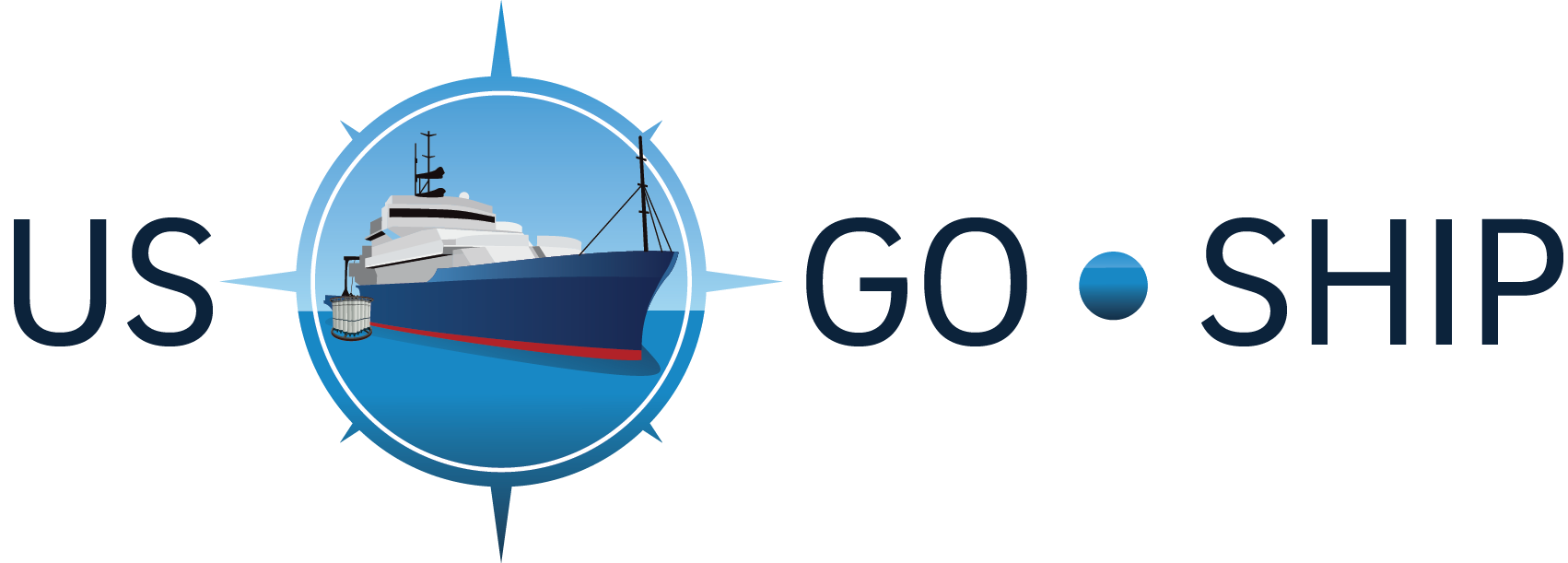From Leticia Barbero and Carmen Rodreguez **(Co-Chief Scientists)
Mission accomplished! We are happy to report that we have now completed all of
our science objectives and then some!
We finished our last station on Sunday afternoon at 19:50. We are now in transit to
Phuket, Thailand, where we expect to arrive on Thursday April 28th at 08:00 am
local time.
In this last week we completed the bow tie section of the cruise. We have been so
lucky weather- and instrument-wise that over the first 4 weeks we gained enough
time to be able to add 2 bonus stations. Since our last planned station was at the
border of the Indian EEZ, we couldn’t add any extra stations further north. Instead,
we extended the bow tie section westward to re-occupy two additional stations
from the I01E WOCE line. We went as far west as possible without entering Sri
Lankan EEZ waters, up to 84.75W, and then continued with the rest of our planned
stations. These two extra stations allowed us to sample an area with particularly
high carbon in the bottom waters and fresher surface waters. There should be some
interesting results from these samples.
Over the last 5 weeks we have done a total of 113 stations, plus trace metals casts,
optics casts and continuous underway sampling (while on station and in between
stations). Even leftover water from the niskins was used for unplanned
measurements to be run back in our labs. We have an excellent quality dataset to
work with when we get back to land. As we moved northwards we observed a
freshening of surface waters, a drop in subsurface oxygen levels, high carbon
concentrations in the western region, and I’m sure we have a lot of interesting
biogeochemical information that will come from all the samples to be ran back in
our home labs.
On this cruise we have had two groups in charge of carbon measurements (NOAA
for underway pCO2 and DIC, and UCSD for pH and alkalinity). GO-SHIP is one of the
few programs where the CO2 system is over-determined (i.e. where we measure
more than 2 of the 4 parameters that characterize the carbonate system). This
enables us to evaluate not only the carbon exchange with the atmosphere, or
changes in carbon storage over time, but also to evaluate the quality of the
measurements themselves (e.g. by comparing measured DIC against the value
calculated from pH and alkalinity). Below you can see preliminary results for this
comparison. The average difference between measured and calculated DIC values is
2.1± 1.8’mol/kg. This speaks highly of the quality of the measurements. Great job!
I think everyone on board agrees that this has been a very successful cruise. It feels
good to go home with a sense of accomplishment, but it probably feels even better
just to know that we will be setting foot back on land in just a couple more days.
Don’t forget to check our blogs for new entries:
We want to thank everyone on board, science and ship’s crew alike, for a great
cruise. Thank you also to the people back on land who provided shore-side
assistance.
Leticia and Carmen, Chief-scientists I09N.
